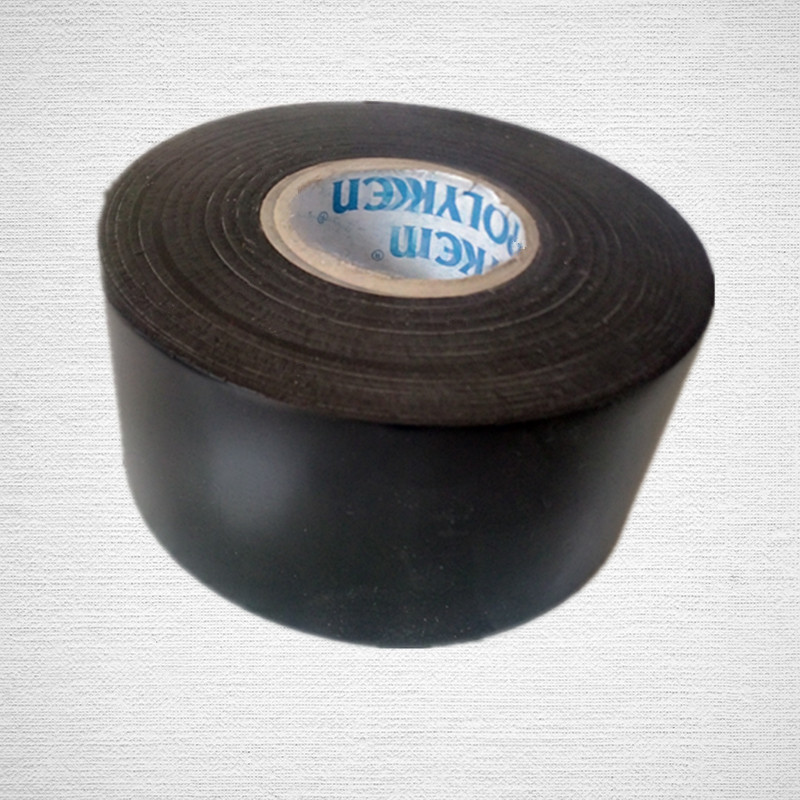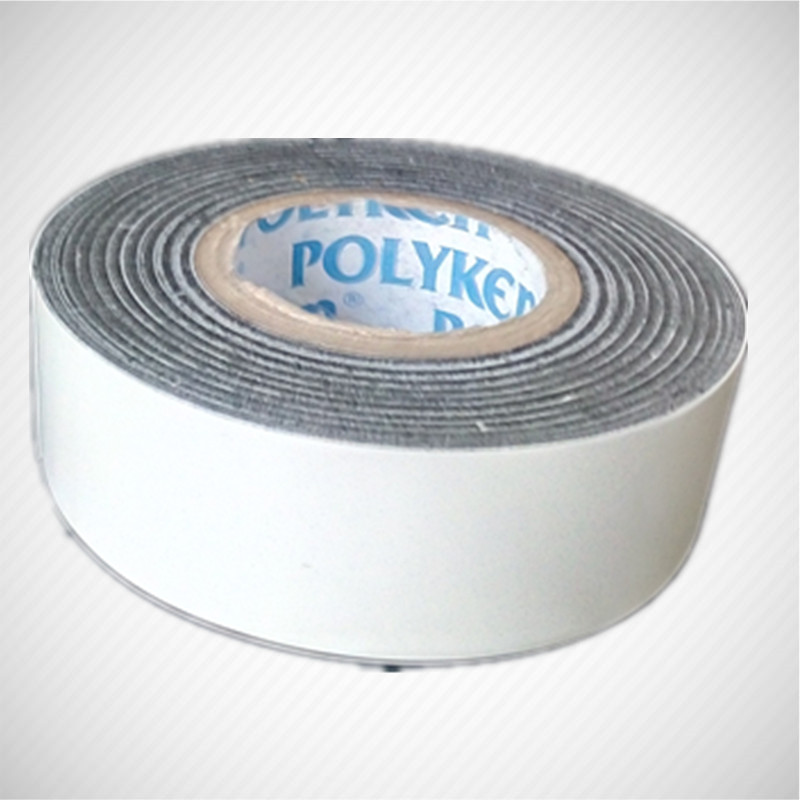At the end of 2016, the Ministry of Finance, the Ministry of Science and Technology, the Ministry of Industry and Information Technology, and the National Development and Reform Commission and other four ministries jointly issued the "Notice on Adjusting the Financial Subsidy Policy for the Promotion and Application of New Energy Vehicles", and set up a fast filling product for the new energy bus subsidies. The subsidy standard indirectly confirms the feasibility of the fast charge technology route in commercialization and application. "On the basis of ensuring 'fast charge, long life and high safety', Weihong will launch the third generation of fast charge products, and the energy density of the products will be increased to 170 watt-hours/kg." Weihong Power System (Huzhou) Co., Ltd. Referred to as “micro-macroâ€, vice president of research and development, Tong Zhiming said that the increase in energy density will open up a broader application market for fast charging technology. This is also the most direct way to reduce the unit price of the battery, which means that the fast charge technology will effectively reduce the battery cost and ease the cost pressure caused by the subsidy declining while improving the single fast charge range of the vehicle. Fast charging technology is an inevitable demand for market development “In 2009, Weihong proposed the concept of fast charging—10 minutes of fast charging and 20,000 cycles of life. It is the first enterprise in China's power battery market to propose the concept of fast charging.†Tongzhi Ming said that “fast charging†has become a bus and bus. Such as the application of the technical route generally accepted by customers. Micro-autonomously developed fast-charged batteries have been installed in more than 15,000 electric vehicles in more than 100 cities in 6 countries around the world. More than 90% of the market share is in the public transportation sector, with cumulative safety operations exceeding 1 billion. Meter. Tongzhi Ming believes that with the transformation of the new energy automobile industry, the pressure on enterprises to reduce costs will increase, and the commercialization and application of fast charging technology will accelerate. "Fast charging technology is an inevitable demand for the development of the electric vehicle market." He said that the application of fast charging technology can help users effectively reduce battery costs and operating costs, thereby alleviating the cost pressure caused by subsidies. “Micro-macro fast charging technology can achieve full power for 10~15 minutes and support the cruising range of 80~120 kilometers.†Tongzhi Ming used pure electric bus as an example to say that the mileage of bus single-track operation usually does not exceed 35 kilometers. The battery pack with relatively small capacity but capable of fast charging can meet the demand of single or several miles of operation mileage, and can quickly charge with the time of stoppage at the beginning and end of the station to ensure full-time operation throughout the day. Compared to a large-capacity battery pack, a relatively small battery pack has a lower composition. At the same time, compared with the slow charging or changing mode, the fast charging method has less space requirement for the charging station, and is convenient to be arranged in the center of the city where the land is tight, which also greatly saves the land cost. Fast charging technology is very suitable for current battery users. Comrade Ming said that the micro-macro fast-charge battery will also serve the taxi and private car fields. In the future, fast charging technology will become an important part of urban traffic electrification. The future value lies in the formation of a closed loop for supply and storage Electric vehicles have high requirements for cruising range, while cruising range involves a contest between energy density and safety. Therefore, while implementing the fast charging technology, it is not easy to ensure the long cycle life of the battery and continuously increase the energy density to ensure safety. “Safety is the most important technical indicator, and it is also the “obstacle†that needs to be overcome before upgrading other battery performance indicators.†Tong Zhiming believes that electrolyte combustion is the biggest threat to battery safety. To this end, micro-macro improved the electrolyte as a breakthrough, and spent 8 years researching and developing non-combustion electrolyte technology, which greatly improved battery safety while achieving fast charging and long life of 10 minutes. A high-temperature resistant diaphragm has been developed in a targeted manner—the shrinkage rate does not exceed 1% at a temperature of 300 degrees Celsius, further ensuring battery safety. Based on the goal of “fast charge, long life and high safetyâ€, Weihong has formed a series of fast charge products. Song Han, vice president of Weihong Market, said that in 2009, Weihong launched the first generation of fast-charged battery LpTO lithium titanate battery. At present, more than 3,000 sets of products are equipped with pure electric and hybrid buses. “By modifying the lithium titanate material, we have solved the problem of flatulence of lithium titanate battery.†He said that the product has been in operation in Chongqing for more than 6 years, and the spot check shows that the battery system that runs the longest time, capacity The decay rate is less than 7%. In addition, nearly 1,000 LpTO products, which are equipped with London double-decker buses and have been in operation for more than 2 years, also perform well. In 2013, Micro-Huang introduced a second-generation fast-charge battery LpCO lithium battery with an energy density of 120 watt-hours/kg. The product uses micro-patent patent technology-porous composite carbon as the anode material, which effectively increases the insertion of lithium ions during charging. . At present, LpCO lithium battery has reached 80% of the company's product shipments. “In the first half of this year, we will introduce a third-generation fast-charge battery that maintains fast charge and long life while achieving an energy density of 170 watt-hours/kg.†Tongzhi Ming said that compared with the first-generation fast-charge products, Its energy density has nearly doubled, and the increase in energy density will open up a broader application market for fast charging technology. Comrade Ming said that Weihong also plans to launch a fast charging product of 230 watt-hours/kg and 300 watt-hours/kg. In the future, Weihong will further utilize the advantages of fast charge batteries in fast charge, long life, high safety and energy storage. The global pure electric city bus will be used as the entrance, radiating to the field of pure electric taxis and passenger cars, and finally forming. The complete closed loop of power supply, electricity, and electricity storage is truly the future value of power batteries.
The Pipe Anticorrosion Materials is a multilayer system used for the protection of steel pipelines. Liquid Adhesives can be used as primers for this system.In addition to serving as primers, these liquidadhesives themselves represent an anticorrosion layer and provide a uniformly smooth contact surface to promote high adhesion of the coating system to the pipe. They are designed for machine or brush application and formulated with stress-corrosion cracking inhibitors. The Anti-Corrosion layer0 is engineered to assure a high bond to the primed surface with excellent conformability characteristics. The mechanical protection layer ,achieves a complete bond to the inner layer, providing maximum handling and in-service protection for the coating system. The adhesives in these and all POLYKEN tape systems contain proven anti-microbial additives.
Pipe Anti Corrosion Materials,Anti-Corrosion Pipe Repair Tape,Anticorrosion Pipe Wrap Tape,Gas Pipe Tape Jining Qiangke Pipe Anticorrosion Materials CO.,Ltd , https://www.pipe-wrap-tape.com
During the “Thirteenth Five-Year Plan†period, the new energy automobile industry has been transformed into a dual policy of policy and market. The financial subsidies have been degraded, and cost reduction has become a common consideration for vehicle and component companies. At the same time, the new subsidy policy advocates technological innovation, prompting companies to develop more advanced products. This will undoubtedly further accelerate the commercialization and application process of the fast charge technology route.

